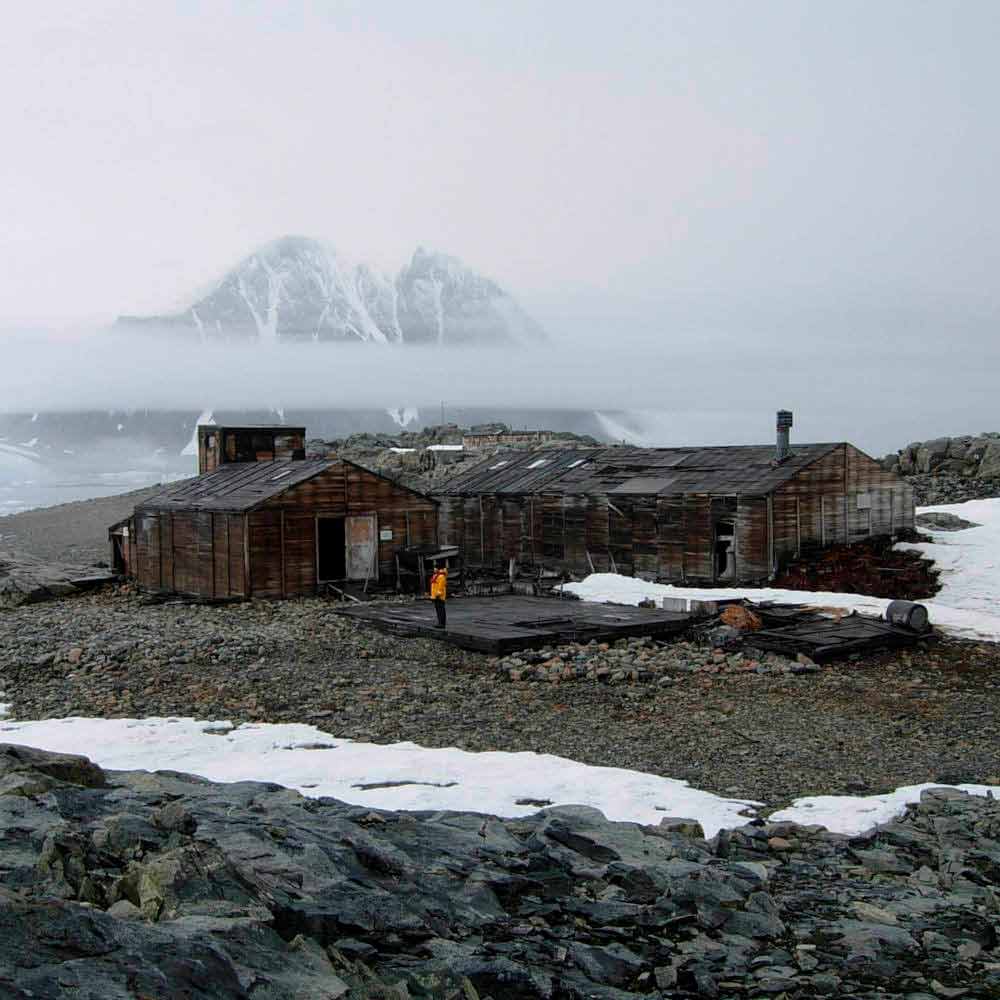WiFi everywhere with Google Loon
Helium balloons are carrying WiFi connectivity to developing regions lacking network infrastructure
A British foundation has combined geographic data, photographs, artificial intelligence, and an explorer's narration to virtually transport users to an Antarctic base.
Legend has it that Ernest Shackleton, in preparation for his groundbreaking Antarctic expedition, placed an advertisement that read: “Men wanted for hazardous journey. Low wages, bitter cold, long hours of complete darkness. Safe return doubtful. Honour and recognition in event of success.”
While the authenticity of this story may be debated, the extreme conditions of Antarctica remain unchanged. Today, however, one can explore this frozen frontier safely and without causing environmental harm to the continent, thanks to a virtual reality (VR) experience developed by the British foundation UKAHT.
Stonington Island, nestled in Margarita Bay, stands out among the several permanent settlements in Antarctica, most of which were established in the 20th century. It was here in 1946 that the British set up their inaugural base, known as Base E. Notably, this base also became the backdrop for a historic milestone in 1947 when Edith Ronne and Jennie Darlington became the first women to spend a winter in Antarctica.
The UKAHT Foundation, committed to preserving Antarctica and supported by trustees including a descendant of Shackleton, now invites users to discover the island and its historical base through an immersive experience dubbed “Immersive Antarctica.” This journey not only virtually transports travelers to the island but to a specific time: 1965.

Utilizing period photographs, laser scans, and an AI program to animate the virtual environment, users, equipped with VR goggles, can explore the original state of the base, engage in a dog sled tour of the island, and experience visiting the settlement as if they were there in person. This form of virtual tourism is enhanced by the narrative of two scientists who worked on the island in the 1960s.
Initially, this immersive Antarctic experience will be available exclusively at the Cambridge Polar Museum in the United Kingdom. However, the foundation intends to make the materials accessible to the general public in 2024.
Although the virtual reality tourism project by UKAHT is one of the most intricately designed to date, several other initiatives offer immersive explorations of Antarctica's wildlife and its starkly beautiful landscapes:
These immersive experiences introduce a new dimension to art, education, marketing, tourism, and industrial settings, offering interactions that include virtual visits to remote locations or the integration of digital elements into our physical world. Key among immersive technologies are virtual reality (VR), which creates a fully digital environment for users to explore, and augmented reality (AR), which overlays digital information on the real world for an enriched experience.
In the realm of real-world expeditions, the Homeward Bound project stands out, sending dozens of women annually on a boat journey to the icy waters of Antarctica to promote female leadership, in collaboration with ACCIONA. For those interested in this unique expedition and potentially participating, an enlightening article was recently published detailing a participant's firsthand account.
Sources:
Imágenes:
All fields are mandatory.
Read the most discussed articles
{{CommentsCount}} Comments
Currently no one has commented on the news.
Be the first to leave a comment.
{{firstLevelComment.Name}}
{{firstLevelComment.DaysAgo}} days ago
{{firstLevelComment.Text}}
Answer{{secondLevelComment.Name}}
{{secondLevelComment.DaysAgo}} days ago
{{secondLevelComment.Text}}